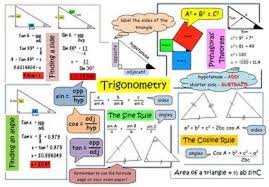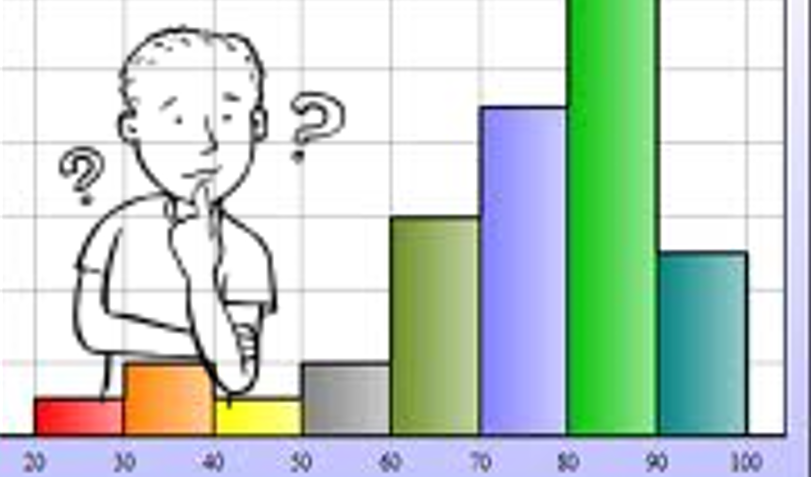This lesson is for : Grade 10,Grade 11,Grade 12:
Summary
In pairs, students explore and discover their own “learning styles. Students then evaluate digital math games using links provided and using advanced search methods to locate other math study games or activities. They compile the qualities of the best activities in a Google Doc or online whiteboard. Students evaluate these existing games and activities to determine the qualities best suited to high school-aged learners. After learning more about augmented reality and other digital game-making tools, students form groups of their choosing and first design their own original prototype. Once the prototype is approved, group members evaluate and organize the work selecting tasks. Using information compiled about learning styles and interests, students will formulate original high-interest questions or challenges and combine those with their own “found” digital tools to design and create a high-interest, digital study game or activity. Once the products are complete students will test them by sharing and playing the study games together. Finally, they reflect on the the process and the product.
TIPC Ratings
Research & Information Fluency
Rating: Ideal – Explanation: The ITRT or teacher models Google advance search skills, and supports students as they search for example games and activities to inform the creation of their own product. Students design their own original prototype and use advance search skills to search for example educational games and activities, and tools to create their own original product. Students use found information and tools to assist with creating and publishing their own original activity or game.
Communication & Collaboration
Rating: Approaching – Explanation: Students form groups, assign and carry-out job duties to design and create an original product. They reflect on their process. Students use collaborative whiteboards or documents to brainstorm about the qualities of the product that they will make.
Critical Thinking & Problem Solving
Rating: Ideal – Explanation: Students evaluate existing games and activities to determine the qualities best suited to high school-aged learners. Using information compiled about learning styles and interests, students formulate original high-interest questions or challenges and combine those with their own “found” digital tools to design and create a study game or activity. Students share games with peers to reflect on the qualities of the products.
Creativity & Innovation
Rating: Ideal – Explanation: Students evaluate existing games and activities to determine the qualities best suited to high school-aged learners. Using information compiled about learning styles and interests, students formulate original high-interest questions or challenges and combine those with their own “found” digital tools to design and create a study game or activity. Students share games with peers to reflect on the qualities of the products.






